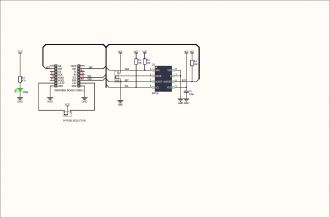
We strongly encourage users to use Package manager for sharing their code on Libstock website, because it boosts your efficiency and leaves the end user with no room for error. [more info]

Rating:
Author: MIKROE
Last Updated: 2018-10-23
Package Version: 1.0.0.1
mikroSDK Library: 1.0.0.0
Category: Temperature & humidity
Downloaded: 7173 times
Not followed.
License: MIT license
SHT click board caries new SHT3x-DIS by Sensirion. The board uses I2C bus to communicate with the target MCU and it can be powered with 3.3 V or 5 V power supply.
Do you want to subscribe in order to receive notifications regarding "SHT click" changes.
Do you want to unsubscribe in order to stop receiving notifications regarding "SHT click" changes.
Do you want to report abuse regarding "SHT click".

SHT click is a temperature and humidity sensing click board that carries Sensiron’s SHT3x-DIS IC. Compared to its predecessor (SHT11), SHT3x click has increased reliability and enhanced signal processing features with a high signal-to-noise ratio. Best measurement results are achieved within a 5-60º C temperature range (0.015 resolution) and a 20%–80%RH humidity range (0.01 resolution). SHT click outputs a fully calibrated, linearized, and temperature compensated digital output through the mikroBUS™ I2C interface (SCL, SDA). An additional INT pin is for setting up alerts for certain temperature or humidity values. Finally, a RST pin allows you to reset the sensor. Designed to use either 3.3V or 5V power supply.
Applications
Reliable, precise and fast humidity and temperature measurement devices.
Key features
- -0 to 100% RH, 40 to 125ºC temperature range
- ±2 %RH and ±0.3ºC typical accuracy.
- I2C Interface
- 3.3V or 5V power supply
Key benefits
- High reliability and long-term stability
- High signal-to-noise ratio.
- Ready-to-use examples save development time
- Supported in all MikroElektronika compilers
